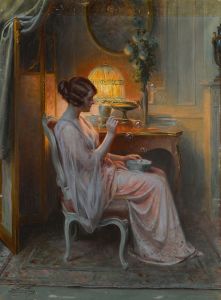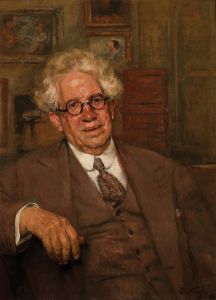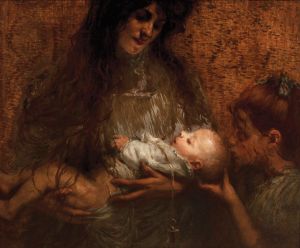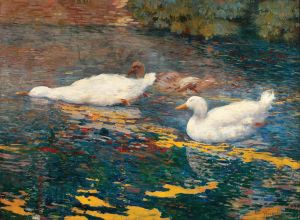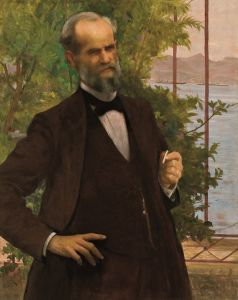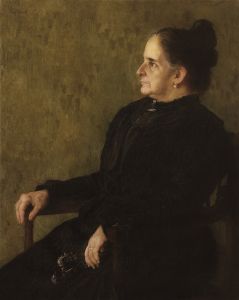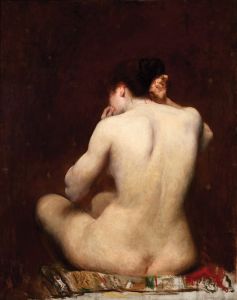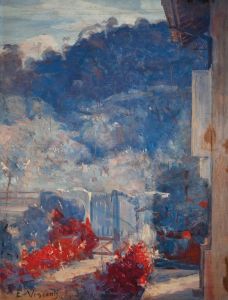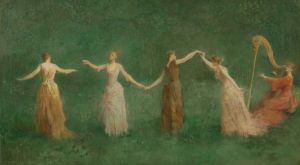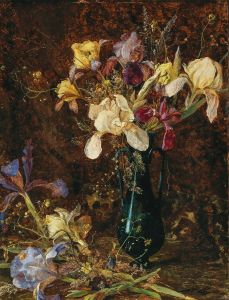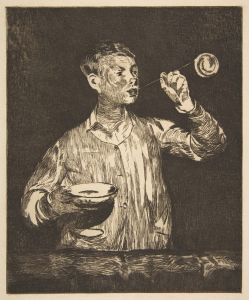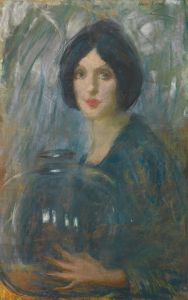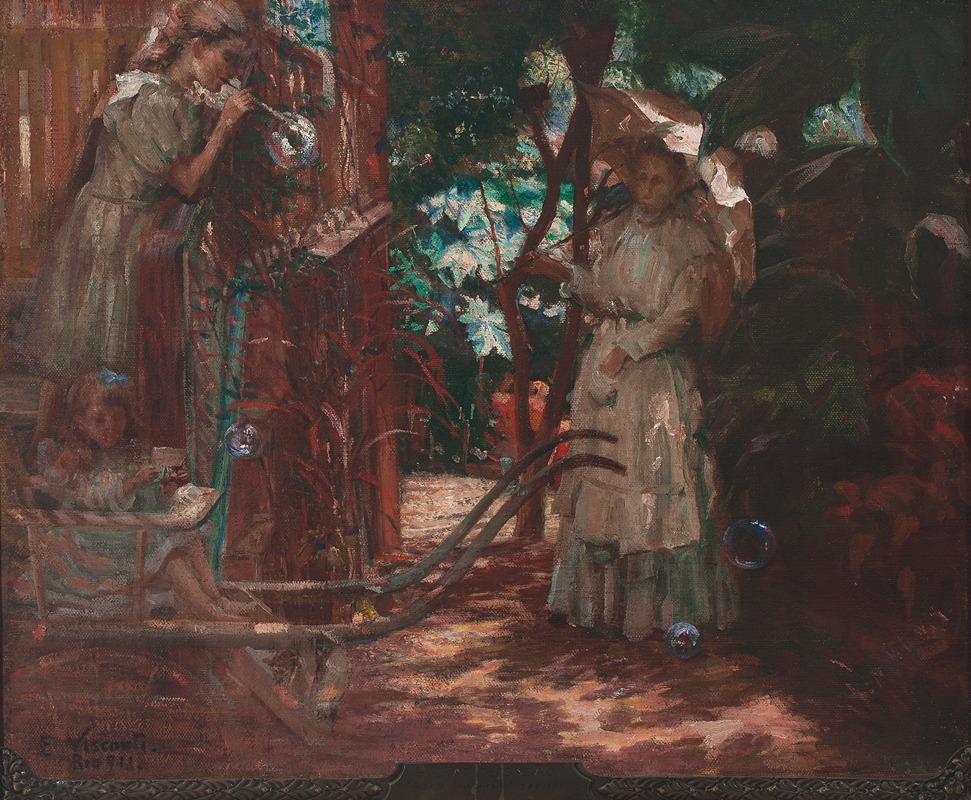
Bolhas de Sabão
A hand-painted replica of Eliseu Visconti’s masterpiece Bolhas de Sabão, meticulously crafted by professional artists to capture the true essence of the original. Each piece is created with museum-quality canvas and rare mineral pigments, carefully painted by experienced artists with delicate brushstrokes and rich, layered colors to perfectly recreate the texture of the original artwork. Unlike machine-printed reproductions, this hand-painted version brings the painting to life, infused with the artist’s emotions and skill in every stroke. Whether for personal collection or home decoration, it instantly elevates the artistic atmosphere of any space.
Eliseu Visconti's painting Bolhas de Sabão (translated as Soap Bubbles) is a notable work by the Brazilian artist, who is widely regarded as one of the pioneers of modern art in Brazil. Painted in 1899, this artwork exemplifies Visconti's mastery of Impressionist techniques and his ability to capture delicate, ephemeral moments with a sense of intimacy and lightness.
The painting depicts a young child, seated and engrossed in the act of blowing soap bubbles. The scene is rendered with soft, diffused lighting, emphasizing the fragility and fleeting nature of the bubbles. Visconti's use of color and brushwork reflects the influence of European Impressionism, which he encountered during his studies in Paris at the École des Beaux-Arts and his exposure to the works of artists such as Claude Monet and Pierre-Auguste Renoir. The composition is intimate and tender, showcasing Visconti's sensitivity to everyday moments and his ability to elevate them into poetic visual expressions.
Bolhas de Sabão is often celebrated for its technical finesse and emotional resonance. The painting demonstrates Visconti's skill in portraying textures, from the soft fabric of the child's clothing to the translucent, iridescent quality of the soap bubbles. The work also reflects the artist's interest in capturing the innocence of childhood, a theme that recurs in several of his paintings.
Eliseu Visconti (1866–1944) was born in Italy but immigrated to Brazil as a child. He became one of the leading figures in Brazilian art, contributing significantly to the development of modernism in the country. His artistic career spanned various styles, including Impressionism, Symbolism, and Art Nouveau. Visconti's works include portraits, landscapes, and decorative art, as well as designs for theater sets and costumes.
Today, Bolhas de Sabão is part of the collection of the Museu Nacional de Belas Artes (National Museum of Fine Arts) in Rio de Janeiro, Brazil. The painting remains an important example of Visconti's contribution to Brazilian art and his ability to merge European artistic influences with a uniquely Brazilian sensibility.





